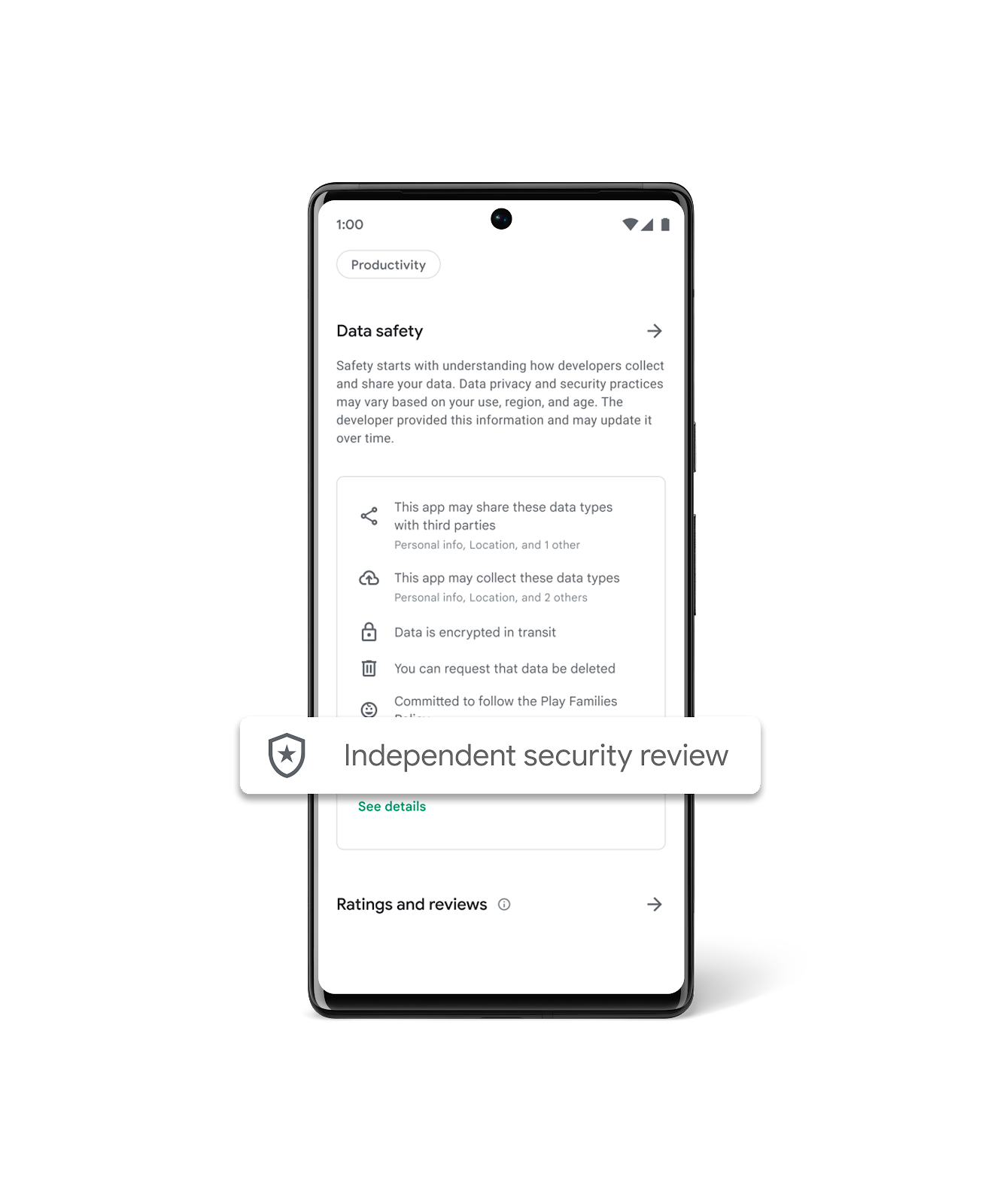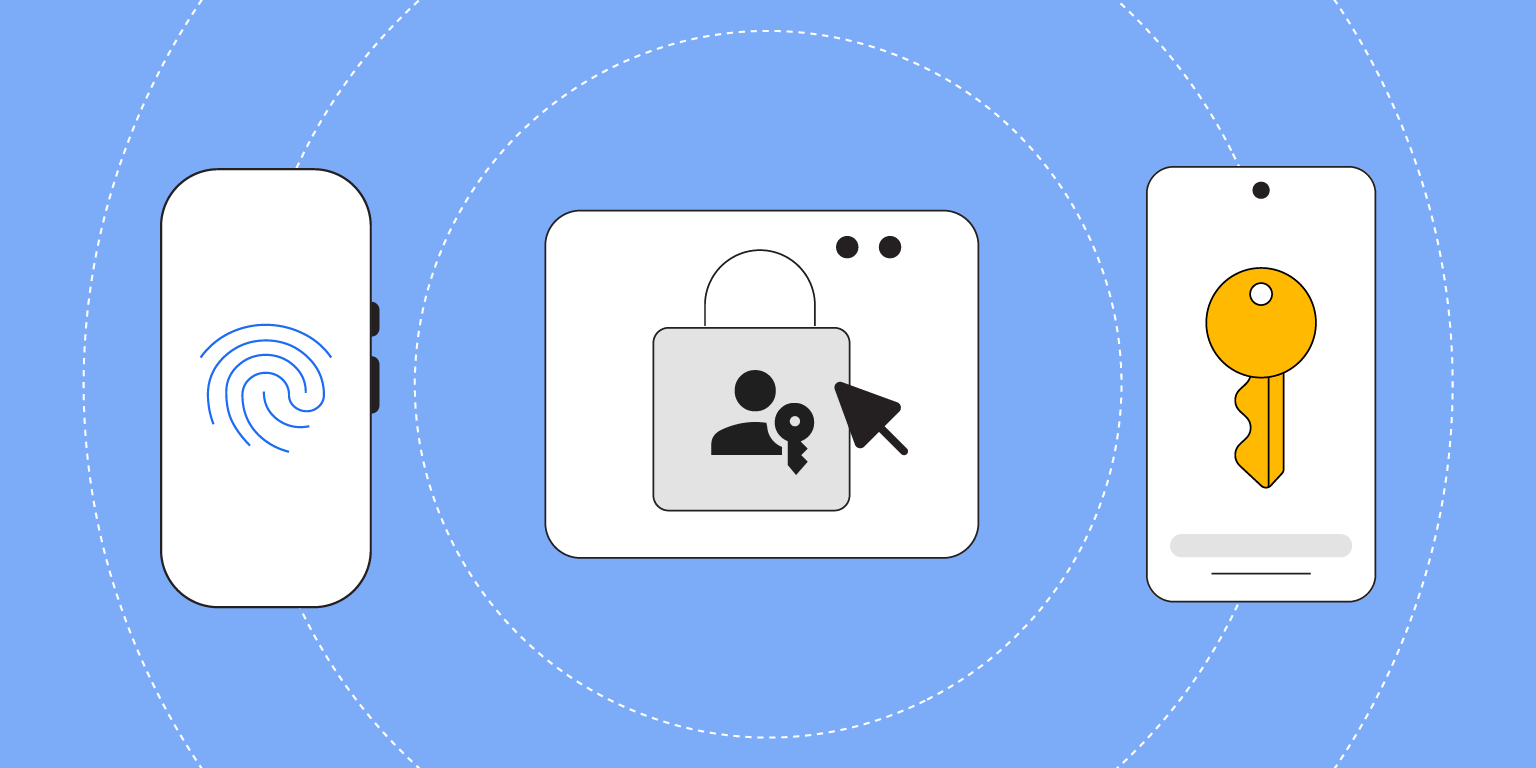Since 2018, Google has partnered with ARM and collaborated with many ecosystem partners (SoCs vendors, mobile phone OEMs, etc.) to develop Memory Tagging Extension (MTE) technology. We are now happy to share the growing adoption in the ecosystem. MTE is now available on some OEM devices (as noted in a recent blog post by Project Zero) with Android 14 as a developer option, enabling developers to use MTE to discover memory safety issues in their application easily.
The security landscape is changing dynamically, new attacks are becoming more complex and costly to mitigate. It’s becoming increasingly important to detect and prevent security vulnerabilities early in the software development cycle and also have the capability to mitigate the security attacks at the first moment of exploitation in production.
The biggest contributor to security vulnerabilities are memory safety related defects and Google has invested in a set of technologies to help mitigate memory safety risks. These include but are not limited to:
- Shifting to memory safe languages such as Rust as a proactive solution to prevent the new memory safety bugs from being introduced in the first place.
- Tools for detecting memory safety defects in the development stages and production environment, such as widely used sanitizer technologies1 (ASAN, HWASAN, GWP-ASAN, etc.) as well as fuzzing (with sanitizers enabled).
- Foundational technologies like MTE, which many experts believe is the most promising path forward for improving C/C++ software security and it can be deployed both in development and production at reasonably low cost.
MTE is a hardware based capability that can detect unknown memory safety vulnerabilities in testing and/or mitigate them in production. It works by tagging the pointers and memory regions and comparing the tags to identify mismatches (details). In addition to the security benefits, MTE can also help ensure integrity because memory safety bugs remain one of the major contributors to silent data corruption that not only impact customer trust, but also cause lost productivity for software developers.
At the moment, MTE is supported on some of the latest chipsets:
- Focusing on security for Android devices, the MediaTek Dimensity 9300 integrates support for MTE via ARM's latest v9 architecture (which is what Cortex-X4 and Cortex-A720 processors are based on). This feature can be switched on and off in the bootloader by users and developers instead of having it always on or always off.
- Tensor G3 integrates support for MTE only within the developer mode toggle. Feature can be activated by developers.
For both chipsets, this feature can be switched on and off by developers, making it easier to find memory-related bugs during development and after deployment. MTE can help users stay safe while also improving time to market for OEMs.
Application developers will be the first to leverage this feature as a way to improve their application security and reliability in the software development lifecycle. MTE can effectively help them to discover hard-to-detect memory safety vulnerabilities (buffer overflows, user-after-free, etc.) with clear & actionable stack trace information in integration testing or pre-production environments. Another benefit of MTE is that the engineering cost of memory-safety testing is drastically reduced because heap bug detection (which is majority of all memory safety bugs) does not require any source or binary changes to leverage MTE, i.e. advanced memory-safety can be achieved with just a simple environment or configuration change.
We believe that MTE will play a very important role in detecting and preventing memory safety vulnerabilities and provide a promising path towards improving software security.
Notes
-
ASAN = Address Sanitizer; HWASAN = HW based ASAN;GWP-ASAN = sampling based ASAN ↩


 Posted by Amy Zeppenfeld – Developer Relations Engineer
Posted by Amy Zeppenfeld – Developer Relations Engineer

 Posted by Kateryna Semenova – Developer Relations Engineer, Diego Zavala and Gina Biernacki – Product Managers
Posted by Kateryna Semenova – Developer Relations Engineer, Diego Zavala and Gina Biernacki – Product Managers

 Posted by Diego Zavala, Product Manager
Posted by Diego Zavala, Product Manager



